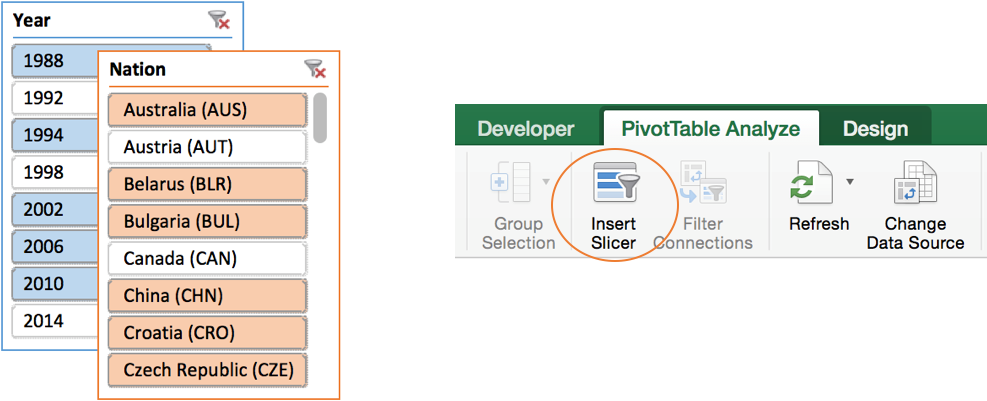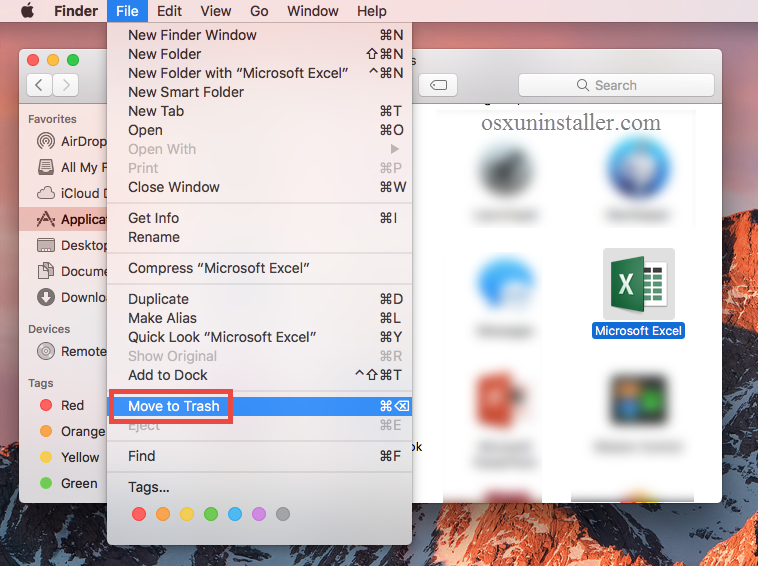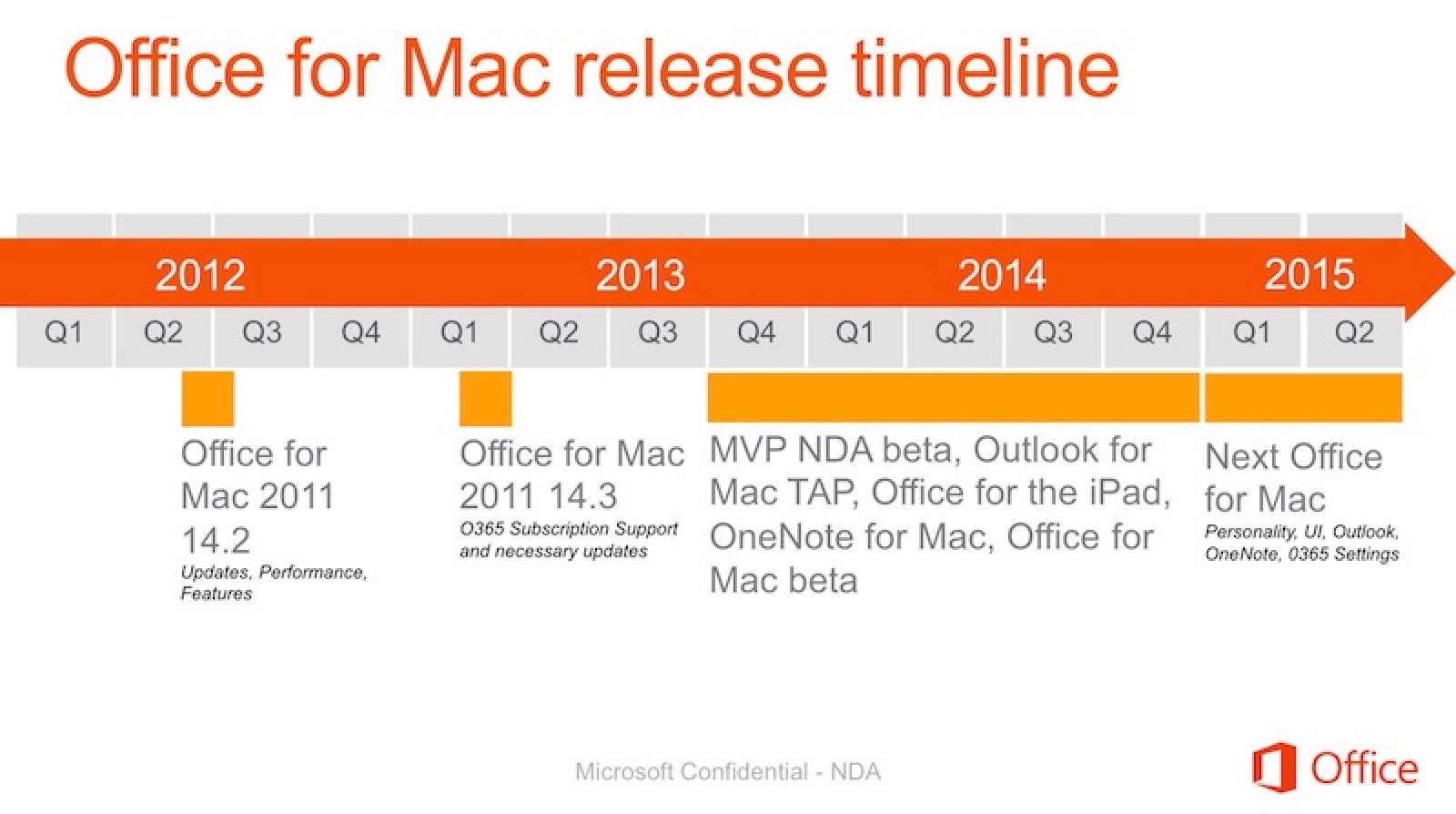Microsoft Excel was not Microsoft’s first spreadsheet program. That honor went to Multiplan, released in 1982 as a competitor to VisiCalc, the world’s first electronic spreadsheet. Although it was quickly eclipsed by Lotus 1-2-3, Multiplan became the first Mac spreadsheet (and Microsoft’s first GUI spreadsheet) when it was introduced in 1984.
- Microsoft Excel For Mac
- Microsoft Excel For Mac Download
- Microsoft Excel For Free
- Microsoft Excel 2015 For Mac Download
- Microsoft Excel 2015 For Mac Windows 10
Microsoft Office 2015 is the latest version of the Microsoft office suite. The first version of the office suite was introduced around 24 years ago. This latest version was introduced earlier this year with many added features to the previous version. Accessing Microsoft Excel has never been easier. Work on your Microsoft Excel spreadsheets from your Mac. Microsoft Excel for Mac Features:. Check Microsoft Excel spreadsheets. Save your Microsoft Excel spreadsheets online to work with other apps and devices. Easily access your Microsoft Excel spreadsheets on your Mac.
Excel for insightful spreadsheets – anytime, anywhere and with anyone. A modern take on Excel with new built-in tools help you get more out of your data. Create your best work with Microsoft 365. Mar 27, 2015 How to Create a Quick and simple Graph in Microsoft Excel 2015 for Mac How to create a simple line graph in Excel for Mac 2011 How to Make A Graphs in Excel for Mac microsoft office os x for Mac #. Buy Microsoft Excel 2016 for Mac. Office for Mac; Microsoft Office 2019.
The first version of Excel was released on September 30, 1985 for the Macintosh, over two years before the first Windows version would appear. It quickly displaced Lotus 1-2-3, which took its time coming to Windows, and Excel has been the leading spreadsheet program on Windows since 1992-93. It has always had the top spot on Macs.
Mac spreadsheet market share by unit sales, 1988 to 1997.
Excel has been part of Microsoft Office since the first version of Office was released for Macs in 1989. Office 1.0 included Excel 2.2, Word 4.0, PowerPoint 2.01, and Mail 1.37.
Excel 5.0, launched in 1993, is widely considered to be the worst version of Excel ever for the Mac, as it was built on the same codebase as Excel 5.0 for Windows. That meant that it looked and worked more like Windows software than a Macintosh program.
Mac Version History
This article is a work in progress and is in need of updates.
Excel 1.0
1985
Excel 1.5
1988


Excel 2.2
1989: Part of Microsoft Office for Mac, along with Word 4.0, PowerPoint 2.01, and Mail 1.3.7. Office for Mac later became the first Mac software to ship on CD-ROM.
Excel 3.0
1990: Begins feature and version number parity with Windows version. First version with full System 7 support.
1991: Microsoft Office for Mac 1.5 released, including Excel 3.0.
Excel 4.0
1992
Excel 5.0
Microsoft Excel For Mac
1993: Part of Microsoft Office 4.x. Last Motorola 680×0 version, first PowerPC version.
Part of Microsoft’s misguided attempt to make Mac and Windows versions of its Office apps look and work the same, which Mac users did not appreciate.
1994: Microsoft Office 4.2 for Mac, also including Word 6.0, PowerPoint 4.0, and Mail 3.2. For all intents and purposes, it was as identical to Office 4.2 for Windows as possible.
There was no Excel 6.0, and version 7.0 was only released for Windows.
Excel 8.0
1998: Part of Microsoft Office 98 Macintosh Edition. Requires System 7.5 or later (7.5.5 recommended), a PowerPC processor (120 MHz recommended), 16 MB of RAM, a 640 x 480 8-bit color or 4-bit grayscale display, and a CD-ROM for installation.

Excel 9.0
2000: Part of Microsoft Office 2001. Last version for the Classic Mac OS, it also runs in the Classic Environment of Mac OS X. Requires Mac OS 8.0 through 9.2.2, 8.5 or later recommended. Application requires 10 MB of RAM with virtual memory enabled, 17 MB without it.
Excel 10.0
2001: First version written for OS X. Part of Office v. X. Requires a PowerPC G3 or later, runs under Rosetta on Intel Macs. Supports OS X 10.1 through 10.6.8 Snow Leopard. Office v. X needs 128 MB RAM, 196 MB of hard drive space for the default installation, and a 640 x 480 8-bit display or better.
Excel 11.0
2004: Part of Microsoft Office 2004. Requires PowerPC G3 or later and runs under Rosetta on Intel Macs. Requires OS X 10.2.8 Jaguar through 10.6.8. 256 MB of RAM, and 450 MB of hard drive space.
Excel 12.0
Microsoft Excel For Mac Download
2008: Part of Microsoft Office 2008, the only version of Office offered as a universal binary for both PowerPC and Intel Macs. It requires a PowerPC G4 or later and OS X 10.4.9 Tiger or later. It was the last version to run on PowerPC Macs.
There was no Excel 13.0 due to superstition.
Excel 14.0
2011: Part of Microsoft Office for Mac 2011, which introduced the ribbon to Macs. Requires OS X 10.5.8 Leopard or later on an Intel-based Mac, 1 GB of RAM, 2.5 GB of hard drive space, and a 1280 x 800 or higher resolution display.
Sources/Further Reading
- Microsoft Excel, Wikipedia
- Excel Tutorials, Guru99
Keywords: #excel #microsoftexcel #excelformac
Short link: http://goo.gl/qi7yh1
searchword: excelfaq
Microsoft Excel was not Microsoft’s first spreadsheet program. That honor went to Multiplan, released in 1982 as a competitor to VisiCalc, the world’s first electronic spreadsheet. Although it was quickly eclipsed by Lotus 1-2-3, Multiplan became the first Mac spreadsheet (and Microsoft’s first GUI spreadsheet) when it was introduced in 1984.
The first version of Excel was released on September 30, 1985 for the Macintosh, over two years before the first Windows version would appear. It quickly displaced Lotus 1-2-3, which took its time coming to Windows, and Excel has been the leading spreadsheet program on Windows since 1992-93. It has always had the top spot on Macs.

Mac spreadsheet market share by unit sales, 1988 to 1997.
Excel has been part of Microsoft Office since the first version of Office was released for Macs in 1989. Office 1.0 included Excel 2.2, Word 4.0, PowerPoint 2.01, and Mail 1.37.
Excel 5.0, launched in 1993, is widely considered to be the worst version of Excel ever for the Mac, as it was built on the same codebase as Excel 5.0 for Windows. That meant that it looked and worked more like Windows software than a Macintosh program.
Mac Version History
This article is a work in progress and is in need of updates.
Excel 1.0
1985
Excel 1.5
1988
Excel 2.2
1989: Part of Microsoft Office for Mac, along with Word 4.0, PowerPoint 2.01, and Mail 1.3.7. Office for Mac later became the first Mac software to ship on CD-ROM.
Excel 3.0
1990: Begins feature and version number parity with Windows version. First version with full System 7 support.
1991: Microsoft Office for Mac 1.5 released, including Excel 3.0.
Excel 4.0
1992
Excel 5.0
1993: Part of Microsoft Office 4.x. Last Motorola 680×0 version, first PowerPC version.
Part of Microsoft’s misguided attempt to make Mac and Windows versions of its Office apps look and work the same, which Mac users did not appreciate.
1994: Microsoft Office 4.2 for Mac, also including Word 6.0, PowerPoint 4.0, and Mail 3.2. For all intents and purposes, it was as identical to Office 4.2 for Windows as possible.
There was no Excel 6.0, and version 7.0 was only released for Windows.
Microsoft Excel For Free

Excel 8.0
1998: Part of Microsoft Office 98 Macintosh Edition. Requires System 7.5 or later (7.5.5 recommended), a PowerPC processor (120 MHz recommended), 16 MB of RAM, a 640 x 480 8-bit color or 4-bit grayscale display, and a CD-ROM for installation.
Excel 9.0
2000: Part of Microsoft Office 2001. Last version for the Classic Mac OS, it also runs in the Classic Environment of Mac OS X. Requires Mac OS 8.0 through 9.2.2, 8.5 or later recommended. Application requires 10 MB of RAM with virtual memory enabled, 17 MB without it.
Excel 10.0
2001: First version written for OS X. Part of Office v. X. Requires a PowerPC G3 or later, runs under Rosetta on Intel Macs. Supports OS X 10.1 through 10.6.8 Snow Leopard. Office v. X needs 128 MB RAM, 196 MB of hard drive space for the default installation, and a 640 x 480 8-bit display or better.
Excel 11.0
2004: Part of Microsoft Office 2004. Requires PowerPC G3 or later and runs under Rosetta on Intel Macs. Requires OS X 10.2.8 Jaguar through 10.6.8. 256 MB of RAM, and 450 MB of hard drive space.
Excel 12.0
2008: Part of Microsoft Office 2008, the only version of Office offered as a universal binary for both PowerPC and Intel Macs. It requires a PowerPC G4 or later and OS X 10.4.9 Tiger or later. It was the last version to run on PowerPC Macs.
There was no Excel 13.0 due to superstition.
Excel 14.0
2011: Part of Microsoft Office for Mac 2011, which introduced the ribbon to Macs. Requires OS X 10.5.8 Leopard or later on an Intel-based Mac, 1 GB of RAM, 2.5 GB of hard drive space, and a 1280 x 800 or higher resolution display.
Sources/Further Reading
- Microsoft Excel, Wikipedia
- Excel Tutorials, Guru99
Microsoft Excel 2015 For Mac Download
Keywords: #excel #microsoftexcel #excelformac
Short link: http://goo.gl/qi7yh1
Microsoft Excel 2015 For Mac Windows 10
searchword: excelfaq
